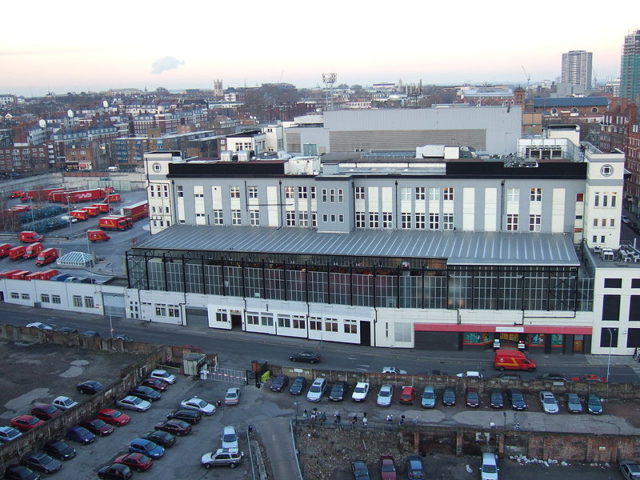Cato Street Conspiracy: Once known simply as “The Steel,” this London prison was erected during the reign of King James I (1603-1625). Its history is full of twists and turns and reaches well into the 17th century.
Its official name at first was Coldbath Fields Prison, and the reason for this was its location. The oldest parts were built on reclaimed swampland and fairly close to a natural spring known as Cold Bath Spring, the water from which was said to have healing properties.
The prison functioned as a house of correction until 1794, when it was completely rebuilt from the ground up.

Even though it was reconstructed in its entirety, it still had a chilling reputation. The celebrated poets Samuel Taylor Coleridge and Robert Southey used the following words to express the horrors of The Steel:
“As he went through Coldbath Fields he saw
A solitary cell;
And the Devil was pleased, for it gave him a hint
For improving his prisons in hell.”

There were many reasons for this abysmal reputation. To begin with, male, female, and child prisoners were all locked up together. Furthermore, drinking and smoking were allowed and were widespread activities.

The prison guards, or the turnkeys as they were known, did nothing to aid the establishment’s reputation. One of the reasons the jailors hated their job was their paycheck – these men were paid around six shillings per week.
For comparison, simple laborers received somewhere between 10 to 12 shillings per week, and those more experienced could earn up to 15 shillings.

For the price of one simple laborer, the prison could afford two prison officers. To top it all off, their paychecks often failed to be delivered on time, and they worked ultra-long hours.

In 1834, the governor decided to crack down unlawful behavior, and so, on December 29th, he brought to power the “Silent Associated System”. This system meant that any form of communication, either by word or gesture, was strictly forbidden. This law only added to the ill-reputation of the jailhouse.
Cato Street Conspiracy

The prison was also famous for the fact that it housed some members of the Cato Street Conspiracy: an attempt to kill the Prime Minister and the British Cabinet Ministers in 1820. Once discovered, the plotters were stopped in their tracks. Some of them were later executed and some were sent to jail.
The daily activities of the prisoners usually included hard labor like working the crank to pump water, or stepping on the treadwheel. The prison guards kept a watchful eye over them continually, and the work became almost unbearable during the summer due to the fact that the days were longer.
The treadwheel was a particularly harsh punishment. Dubbed the “everlasting staircase”, inmates would hold onto a chest-height metal bar as they worked the stepped wheel – imagine spending day after day on an unforgiving Stairmaster with just a few minutes rest per hour.

Some were connected to a millstone and used to grind corn, but The Society for the Improvement of Prison Discipline advocated the use of treadwheels purely as a form of physical punishment.
In 1877, a fire caught in the bakehouse. It quickly spread and soon the treadmill house was also engulfed by the flames and subsequently destroyed.
No inmates were hurt in the tragedy, although two firemen were less lucky and got injured fighting the flames.

Coldbath Fields Prison continued to function until 1885. That same year, it shut its doors for good. A couple of years later, the property was given over to the Post Office. Bit by bit, it was demolished, and the last section was leveled to the ground in 1929. The gates managed to survive until 1901.
Another Article From Us: Abandoned Sawmill Inside a Ghost Town
Today, the very spot where the prison once stood is occupied by the Mount Pleasant Mail Centre – a center that was once one of the largest sorting offices in the world. All that survived from the prison were a couple of wall pillars.
